Home>Gardening & Outdoor>Landscaping Ideas>When To Plant Grass In Fall
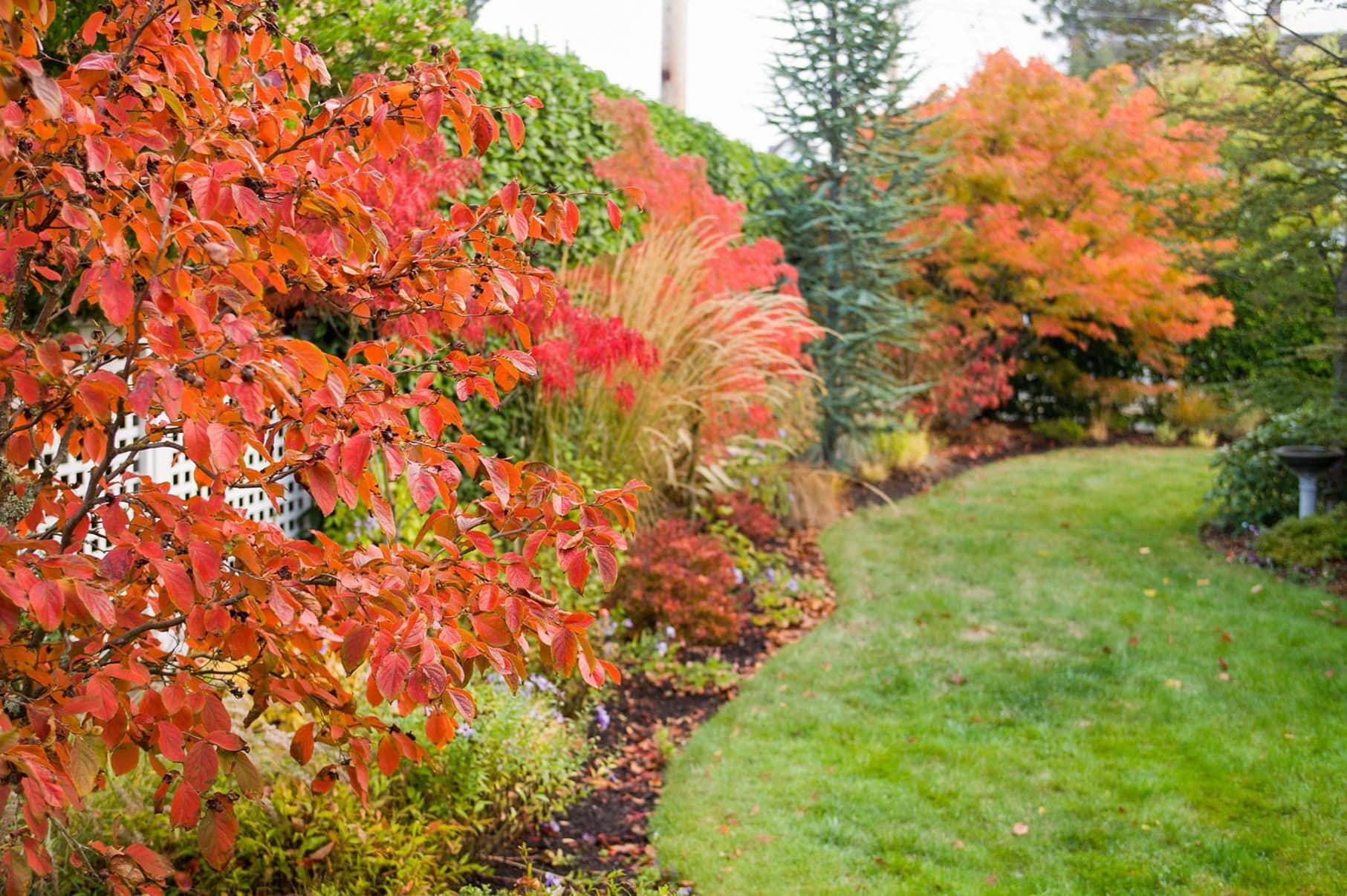

Landscaping Ideas
When To Plant Grass In Fall
Modified: February 18, 2024
Discover the best landscaping ideas for fall grass planting. Learn when to plant grass in the fall for a lush and vibrant lawn. Get expert tips and advice!
(Many of the links in this article redirect to a specific reviewed product. Your purchase of these products through affiliate links helps to generate commission for Storables.com, at no extra cost. Learn more)
Introduction
Welcome to the wonderful world of landscaping! As the vibrant colors of summer fade into the golden hues of autumn, many homeowners turn their attention to their lawns. Fall is an ideal time to plant grass, as the cooler temperatures and increased moisture create the perfect environment for new growth. In this article, we’ll explore the benefits of planting grass in the fall, the factors to consider before taking on this project, the best types of grass to plant during this season, the steps involved in planting grass, and how to care for your newly planted lawn. Whether you’re a seasoned gardener or a novice enthusiast, this guide will equip you with the knowledge and confidence to transform your outdoor space into a lush, inviting oasis. Let’s embark on this green-fingered journey together!
Key Takeaways:
- Fall is the perfect time to plant grass due to optimal growing conditions, reduced weed competition, and preparation for winter dormancy. It sets the stage for a lush, resilient lawn in the coming seasons.
- Before planting grass in the fall, consider climate, soil, timing, weed control, and maintenance commitments. Choose the right grass type for your region to create a visually appealing and resilient lawn.
Read more: When To Plant Grass Seed In The Fall
Benefits of Planting Grass in the Fall
Planting grass in the fall offers a myriad of advantages that contribute to the overall health and vitality of your lawn. Here are some key benefits to consider:
- Optimal Growing Conditions: During the fall, the soil retains the warmth accumulated during the summer months, providing an ideal environment for grass seed germination. Additionally, cooler temperatures reduce the risk of heat stress on young seedlings, promoting steady and robust growth.
- Reduced Weed Competition: By planting grass in the fall, you can take advantage of the natural decline of many weed species. With less competition for resources, such as sunlight and nutrients, newly planted grass has a better chance of thriving and establishing a strong root system before winter sets in.
- Enhanced Moisture Levels: In many regions, fall brings increased rainfall, which is beneficial for newly sown grass seeds. Adequate moisture is essential for seed germination and early growth, and the cooler temperatures help prevent excessive evaporation, allowing the soil to retain its moisture content.
- Established Root System: By planting grass in the fall, the young seedlings have the opportunity to develop a robust root system before the onset of winter. This strong foundation enables the grass to withstand the challenges of the following summer, including heat and drought stress.
- Preparation for Winter Dormancy: Fall-planted grass has the advantage of several months of moderate weather to establish itself before the arrival of winter. This preparation allows the grass to enter the dormant season with the strength and resilience needed to survive and flourish in the coming spring.
- Early Spring Green-Up: Grass that is planted in the fall often experiences an early green-up in the spring, giving your lawn a head start on achieving lush, vibrant growth as the weather warms.
These benefits underscore the significance of seizing the fall season as an opportune time to plant grass, setting the stage for a thriving and resilient lawn in the year ahead.
Factors to Consider Before Planting Grass in the Fall
Before embarking on the journey of planting grass in the fall, it’s essential to consider several key factors that can influence the success of your lawn establishment efforts. By carefully evaluating these elements, you can make informed decisions and set the stage for a healthy and vibrant lawn. Here are the critical factors to keep in mind:
- Climate and Region: Different grass species thrive in specific climates and regions. It’s crucial to select grass varieties that are well-suited to your local climate, considering factors such as temperature ranges, precipitation levels, and soil conditions. Consulting with local gardening experts or extension services can provide valuable insights into the most suitable grass types for your area.
- Soil Preparation: Assess the condition of your soil to determine if any amendments are necessary before planting grass. Conducting a soil test can reveal essential information about nutrient levels, pH balance, and soil structure, guiding you in making targeted improvements to create an optimal growing environment for your grass seed.
- Timing: While fall is generally an excellent time for planting grass, the timing within the season is crucial. Aim to sow the seeds early enough to allow for adequate establishment before the onset of winter frost. However, avoid planting too late, as the young grass may not have sufficient time to develop before the arrival of harsh winter conditions.
- Weed Control: Address any existing weed issues before planting new grass. Weeds can compete with grass seedlings for essential resources, hindering their growth and establishment. Implementing effective weed control measures, such as targeted herbicide applications or manual removal, can create a more favorable environment for your new grass to thrive.
- Watering and Drainage: Assess the drainage patterns in your lawn to identify areas prone to waterlogging or poor drainage. Proper water management is critical for the success of newly planted grass. Additionally, establish a watering schedule to ensure consistent moisture levels for the developing seedlings, especially in the absence of sufficient rainfall.
- Maintenance Commitment: Planting grass in the fall requires a commitment to ongoing maintenance, including regular watering, monitoring for pest and disease issues, and potential overseeding in the following spring. Consider your availability and willingness to dedicate time and effort to nurturing your new lawn.
By carefully considering these factors and addressing them proactively, you can lay a solid foundation for successful grass establishment in the fall, setting the stage for a lush and resilient lawn in the seasons to come.
Best Types of Grass to Plant in the Fall
When it comes to selecting the best types of grass for fall planting, it’s essential to consider the specific characteristics and requirements of different grass species. The choice of grass should align with your local climate, soil conditions, and maintenance preferences. Here are some top contenders for fall planting:
- Tall Fescue: Known for its durability and adaptability, tall fescue is an excellent cool-season grass variety that thrives in many regions. It exhibits strong drought tolerance and can withstand moderate foot traffic, making it suitable for lawns with varying usage levels.
- Kentucky Bluegrass: Renowned for its lush, dense growth and fine texture, Kentucky bluegrass is a popular choice for fall planting. It performs well in cooler climates and exhibits excellent self-repairing capabilities, contributing to a resilient and visually appealing lawn.
- Perennial Ryegrass: With its rapid germination and establishment, perennial ryegrass is a favored option for overseeding existing lawns or establishing new ones in the fall. It offers exceptional wear tolerance and quick establishment, creating a vibrant green carpet of grass.
- Fine Fescue: Ideal for shaded areas and low-maintenance landscapes, fine fescue varieties, such as creeping red fescue and chewings fescue, thrive in cooler climates and exhibit excellent shade tolerance. They contribute to a fine-textured, elegant lawn appearance.
- Buffalograss: For regions with warm-season grass preferences, buffalograss stands out as a low-maintenance, drought-tolerant option. While fall planting of warm-season grasses is less common, buffalograss can be established successfully in the late summer to early fall, provided that the climate and soil conditions are suitable.
Before selecting a grass type for fall planting, consider consulting with local landscaping professionals or extension services to determine the most suitable options for your specific region and lawn characteristics. By choosing the right grass variety, you can set the stage for a thriving and visually appealing lawn that enhances the beauty of your outdoor space.
Tip: Plant grass in the fall when temperatures are cooler and there is more moisture in the soil. This allows the grass to establish strong roots before winter and gives it a head start for the spring growing season.
Steps to Planting Grass in the Fall
Embarking on the journey of planting grass in the fall involves a series of strategic steps that are essential for establishing a healthy and vibrant lawn. By following these guidelines, you can ensure that your grass planting endeavor unfolds smoothly and sets the stage for lush, resilient growth. Here are the key steps to consider:
- Prepare the Soil: Begin by preparing the soil for grass planting. Conduct a soil test to assess nutrient levels and pH, and address any deficiencies or imbalances. Loosen the top layer of soil to create a favorable environment for seed germination and root development.
- Select the Right Seed: Choose high-quality grass seed that aligns with your climate, soil type, and intended lawn usage. Consider factors such as drought tolerance, shade tolerance, and maintenance requirements when selecting the appropriate grass variety for your lawn.
- Sow the Seeds: Distribute the grass seed evenly across the prepared soil using a seed spreader or by hand. Follow the recommended seeding rates for the specific grass variety to achieve optimal coverage and density. Lightly rake the soil to cover the seeds, ensuring good seed-to-soil contact for successful germination.
- Apply Fertilizer: Consider applying a high-quality starter fertilizer to provide essential nutrients for the developing grass seedlings. Opt for a fertilizer with a balanced formulation that promotes healthy root development and early growth without stimulating excessive top growth.
- Water Thoroughly: After sowing the seeds and applying fertilizer, water the newly seeded area thoroughly to ensure adequate moisture penetration. Maintain consistent moisture levels in the soil to support germination and early growth, adjusting the watering frequency based on weather conditions and soil moisture levels.
- Monitor and Protect: Keep a close eye on the newly planted area, monitoring for signs of germination and early growth. Protect the seeded area from excessive foot traffic, and consider using protective barriers or netting to prevent disturbance from birds or other wildlife.
- Implement Ongoing Care: As the grass seedlings emerge and establish, continue to provide attentive care, including regular watering, monitoring for weed encroachment, and adjusting maintenance practices based on the specific needs of the grass variety you have planted.
By following these steps with diligence and care, you can lay the groundwork for a successful grass planting experience in the fall, nurturing the growth of a lush and resilient lawn that enhances the beauty of your outdoor environment.
Read more: When To Plant Grass Seed In CT In Fall
Caring for Newly Planted Grass in the Fall
Once you’ve planted grass in the fall, providing attentive care is crucial for nurturing the development of a healthy and resilient lawn. Caring for newly planted grass involves a combination of strategic maintenance practices and proactive measures to support the establishment and growth of the young seedlings. Here are essential steps for caring for newly planted grass in the fall:
- Watering: Maintain consistent moisture levels in the soil to support the germination and early growth of the grass seedlings. Water the newly planted area regularly, ensuring that the soil remains moist but not waterlogged. Pay attention to weather conditions and adjust the watering frequency as needed to prevent the soil from drying out.
- Mowing: Once the newly planted grass reaches a height of approximately 3 to 4 inches, consider mowing it for the first time. Use a sharp mower blade and adhere to the recommended mowing height for the specific grass variety you have planted. Avoid cutting the grass too short, as this can stress the young seedlings.
- Fertilization: After the grass has been mowed a few times and shows signs of active growth, consider applying a balanced, slow-release fertilizer to provide essential nutrients for the developing lawn. Follow the recommended application rates and timing for fall fertilization, ensuring that the fertilizer is distributed evenly across the lawn.
- Weed Control: Monitor the newly planted area for weed encroachment and address any emerging weeds promptly. Consider using targeted herbicides or manual removal techniques to prevent weeds from competing with the young grass seedlings for essential resources. Implementing effective weed control measures early can contribute to the successful establishment of the new lawn.
- Overseeding (Optional): Depending on the specific grass variety you have planted and the density of the emerging lawn, you may consider overseeding the area to fill in any sparse or bare patches. Select high-quality grass seed that complements the existing variety, and distribute it evenly across the lawn to promote uniform growth and coverage.
- Protection from Stressors: Minimize stress on the newly planted grass by avoiding excessive foot traffic, heavy equipment usage, or other activities that could disrupt the developing lawn. Consider using protective barriers or signage to prevent unnecessary disturbance to the seeded area.
By implementing these care practices and maintaining a proactive approach to lawn maintenance, you can foster the healthy development of newly planted grass in the fall, setting the stage for a lush, resilient, and visually appealing lawn that enhances the beauty of your outdoor space.
Conclusion
As the vibrant tapestry of fall unfolds, the opportunity to plant grass and transform your outdoor space into a verdant oasis awaits. By embracing the benefits of fall planting, considering essential factors, selecting the best grass types, and following strategic steps for establishment and care, you can nurture the growth of a lush and resilient lawn that enriches the beauty of your surroundings.
Planting grass in the fall offers a host of advantages, from optimal growing conditions and reduced weed competition to the establishment of a robust root system and preparation for winter dormancy. These benefits underscore the significance of leveraging the fall season as an ideal window for grass planting, setting the stage for a thriving lawn in the seasons to come.
Before embarking on your grass planting journey, carefully consider critical factors such as climate and soil conditions, timing, weed control, and maintenance commitments. By addressing these elements proactively, you can lay a solid foundation for successful grass establishment and long-term vitality.
When selecting the best types of grass for fall planting, take into account the specific characteristics and requirements of different grass species, aligning your choices with local climate, soil conditions, and maintenance preferences. By choosing the right grass variety, you can set the stage for a visually appealing and resilient lawn that enhances your outdoor environment.
Following the strategic steps for planting and caring for newly planted grass in the fall, including soil preparation, seed selection, watering, fertilization, and weed control, allows you to nurture the growth of a healthy and vibrant lawn. By providing attentive care and implementing proactive measures, you can support the successful establishment of your new grass and set the stage for long-term beauty and enjoyment.
As you embark on this green-fingered journey, may your efforts be rewarded with the flourishing beauty of a well-established lawn, creating a welcoming and rejuvenating outdoor sanctuary for you and your loved ones to enjoy.
Frequently Asked Questions about When To Plant Grass In Fall
Was this page helpful?
At Storables.com, we guarantee accurate and reliable information. Our content, validated by Expert Board Contributors, is crafted following stringent Editorial Policies. We're committed to providing you with well-researched, expert-backed insights for all your informational needs.
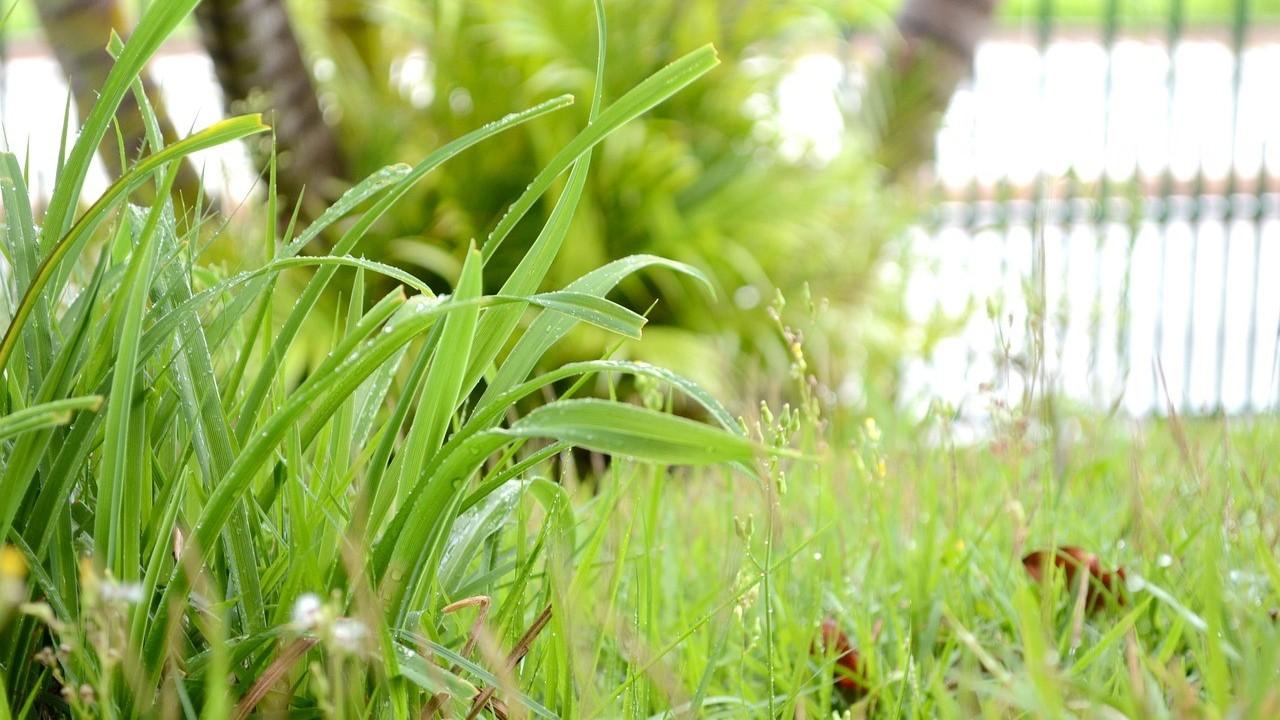
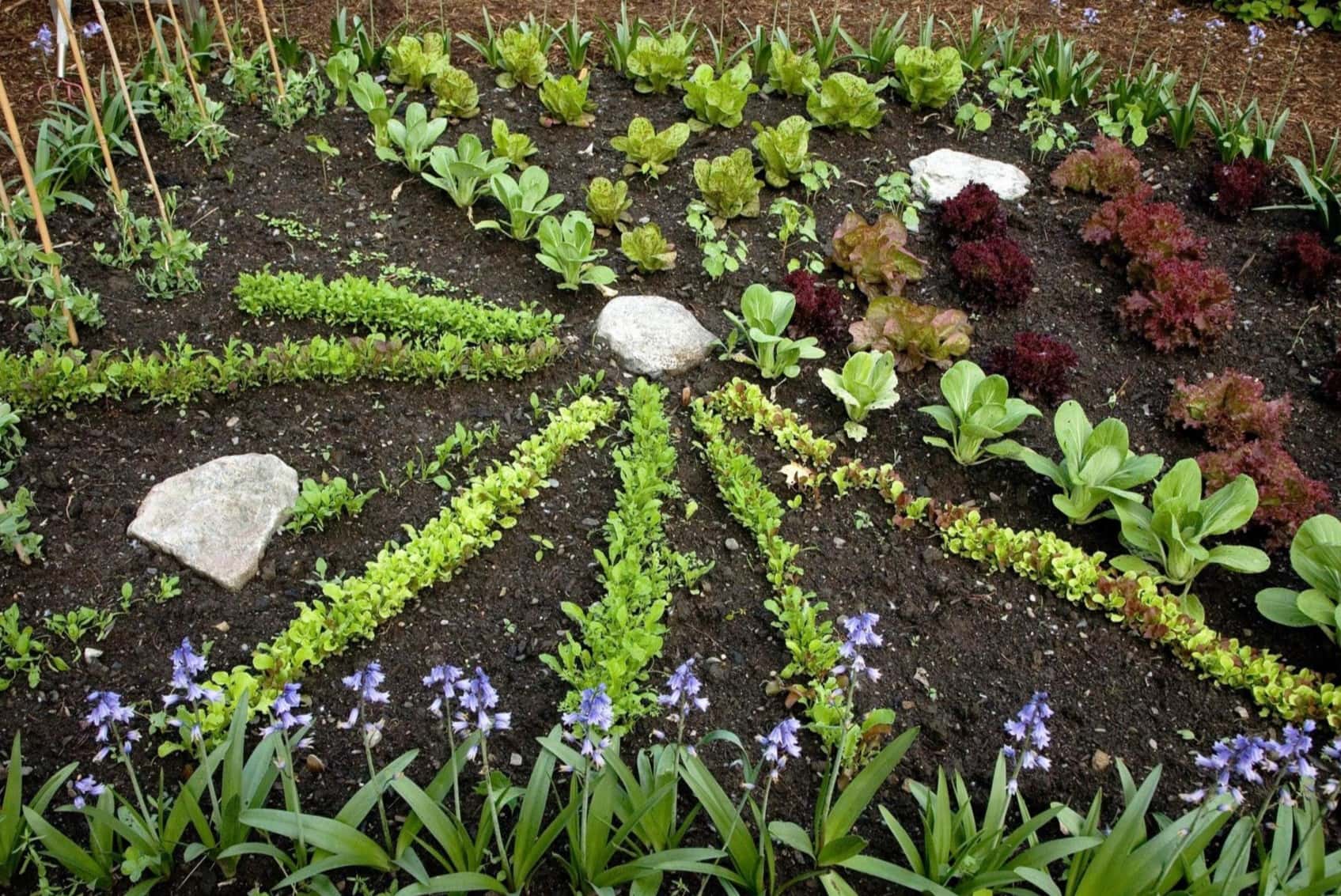
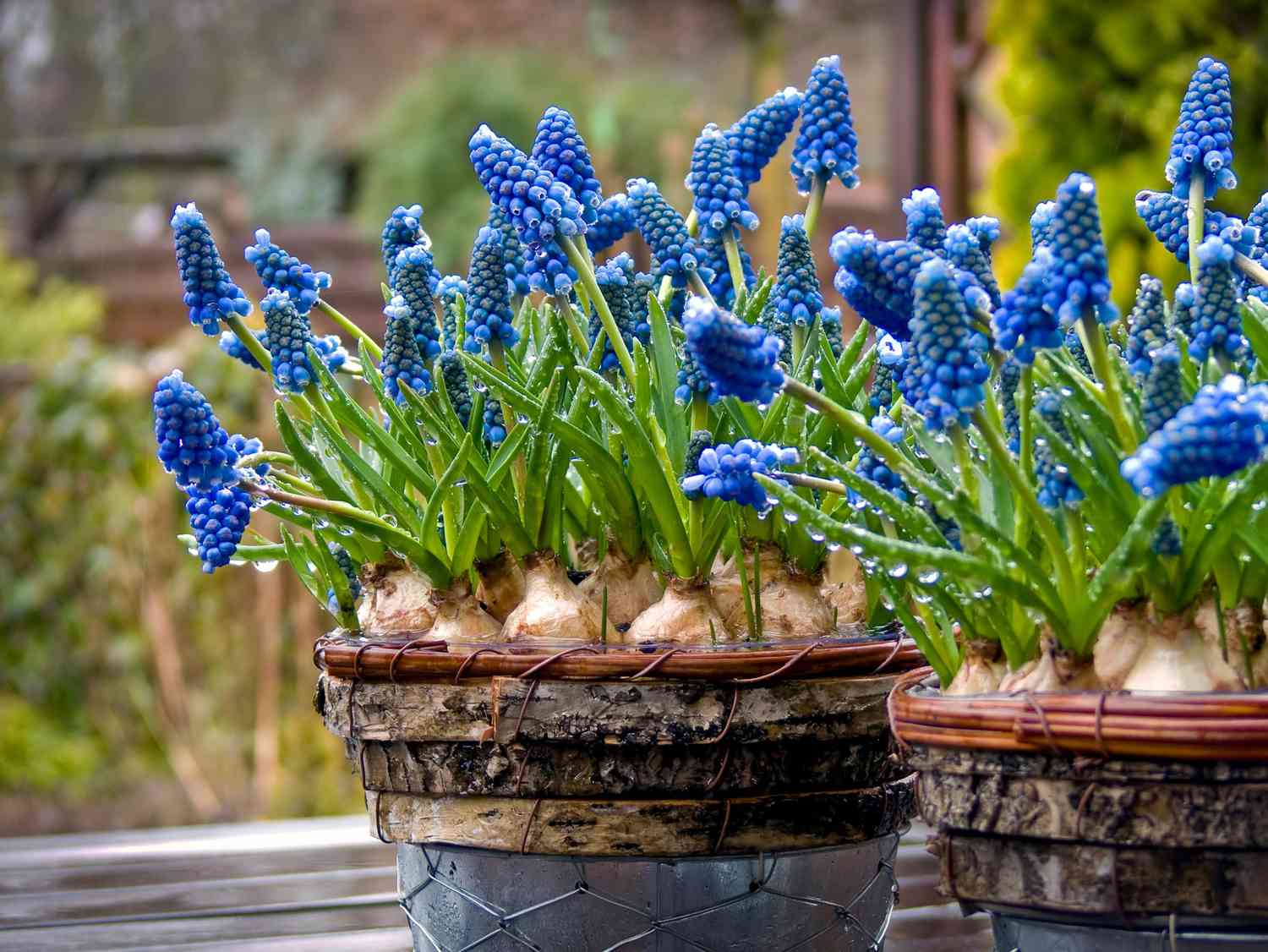
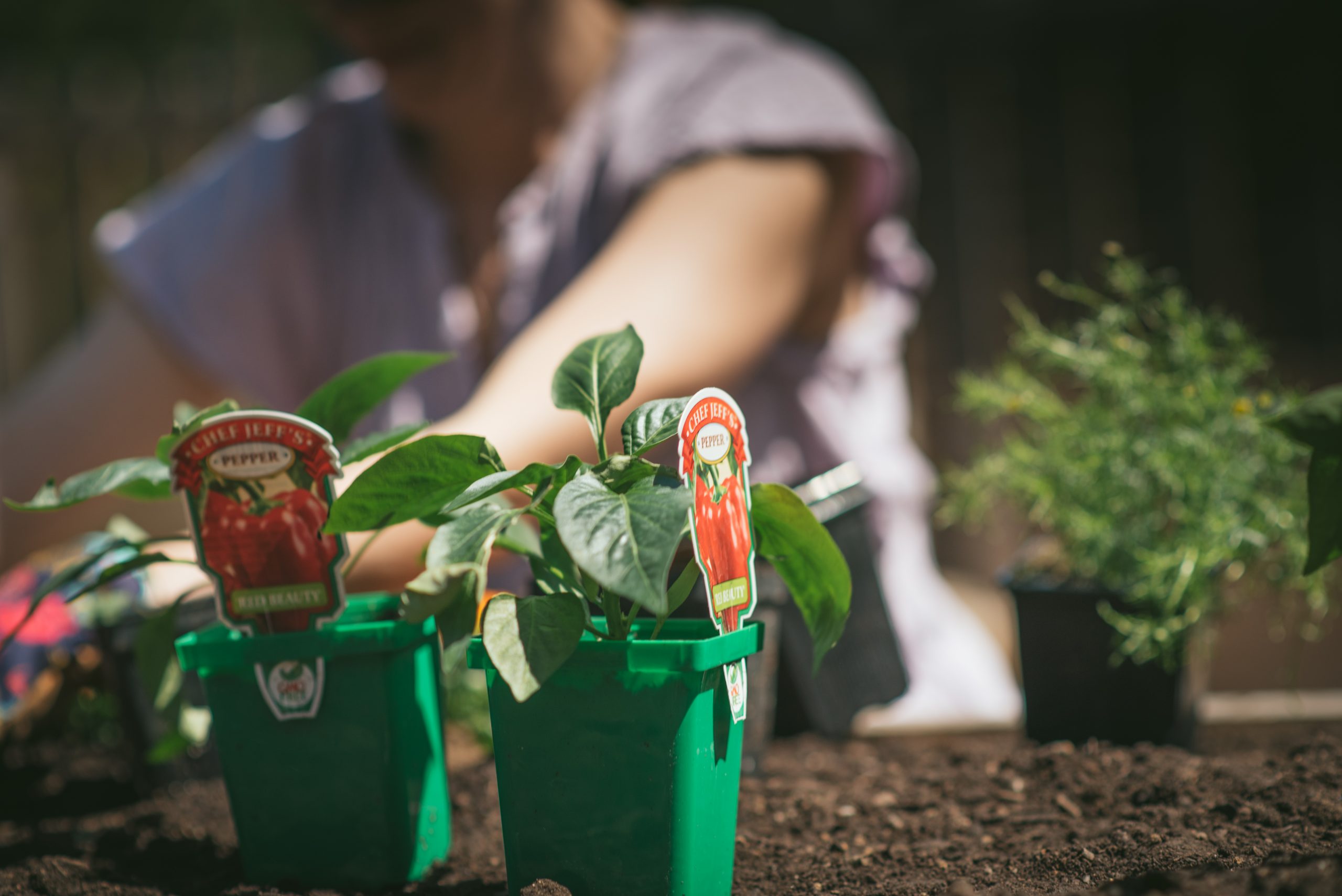


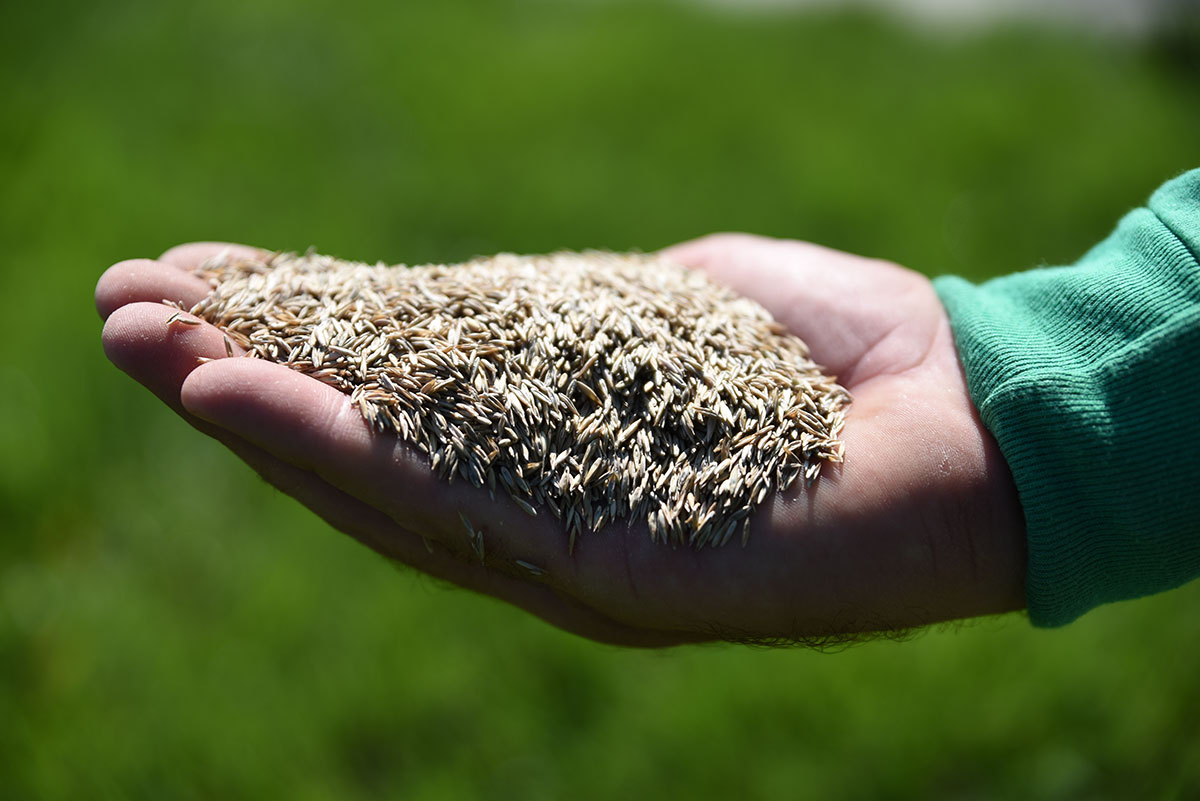
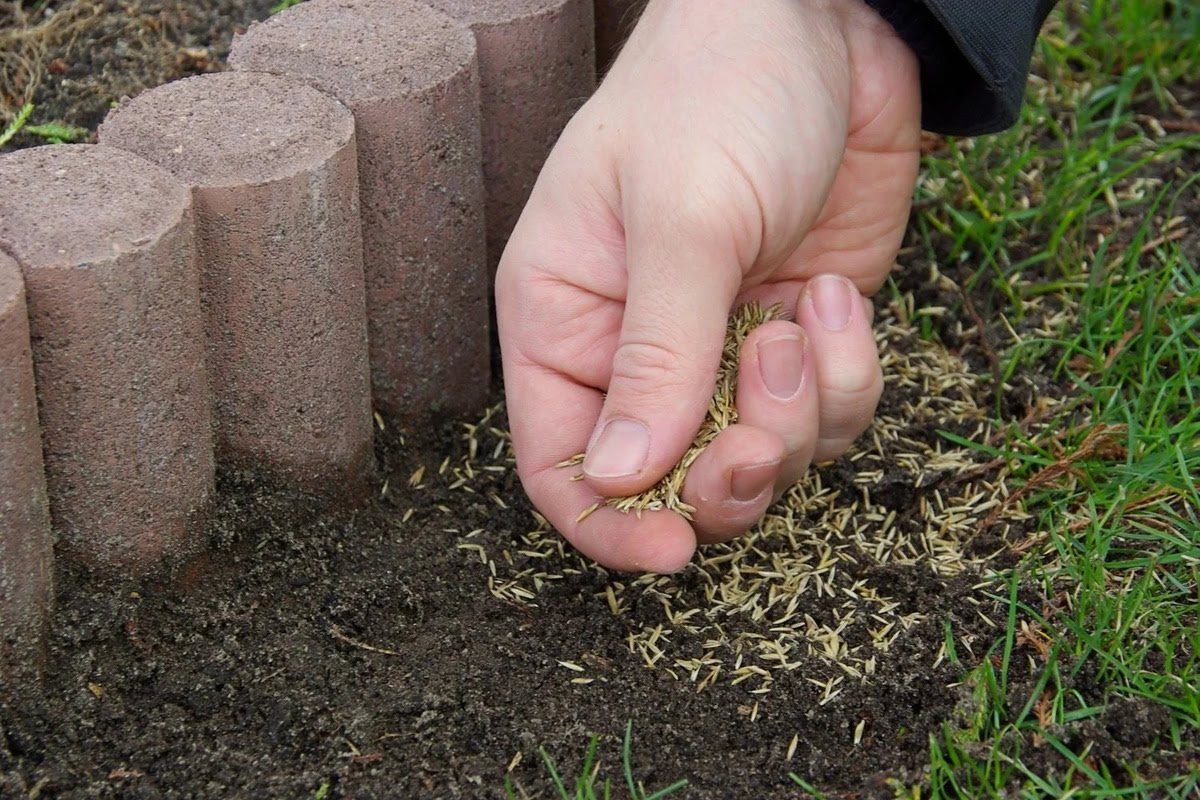
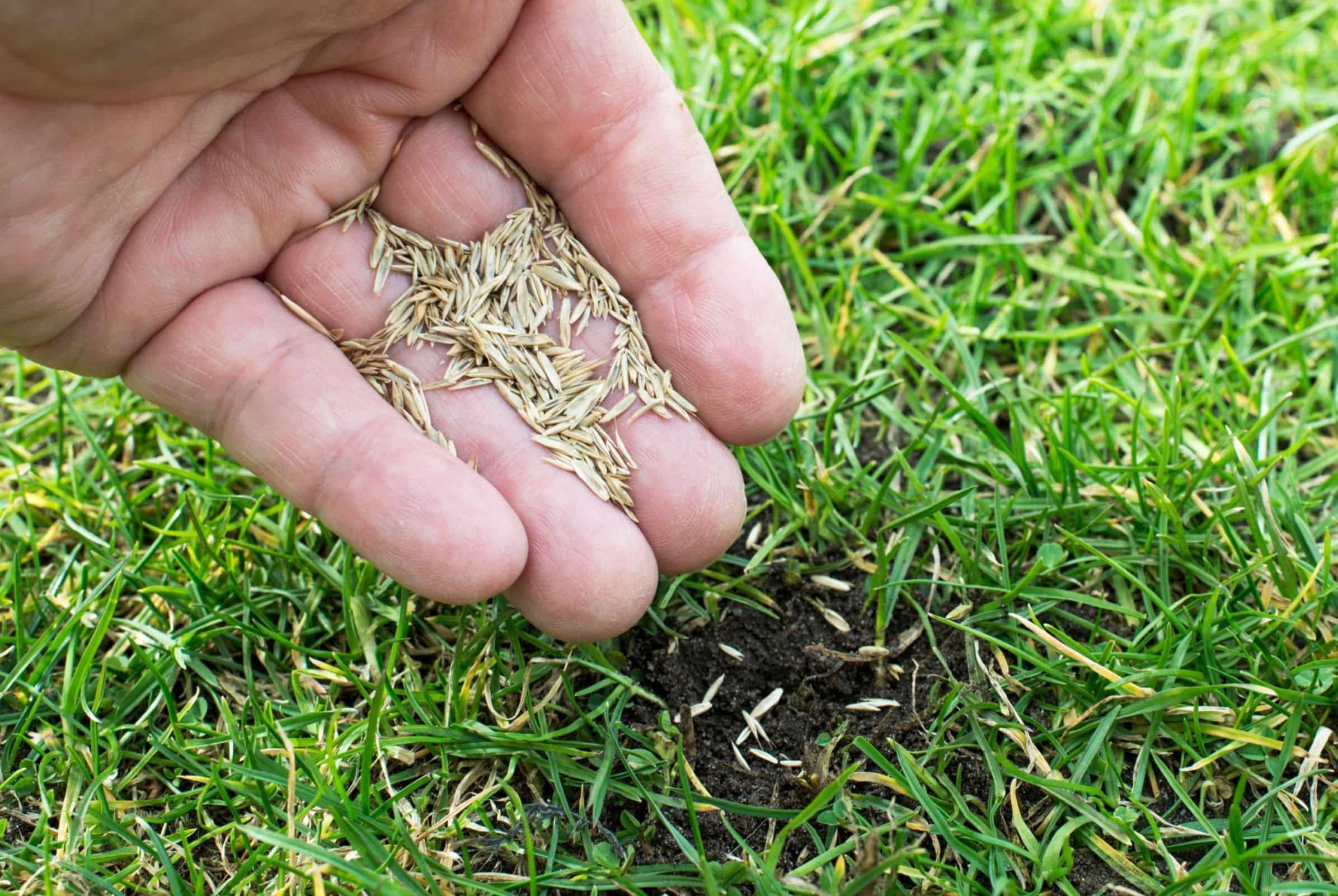
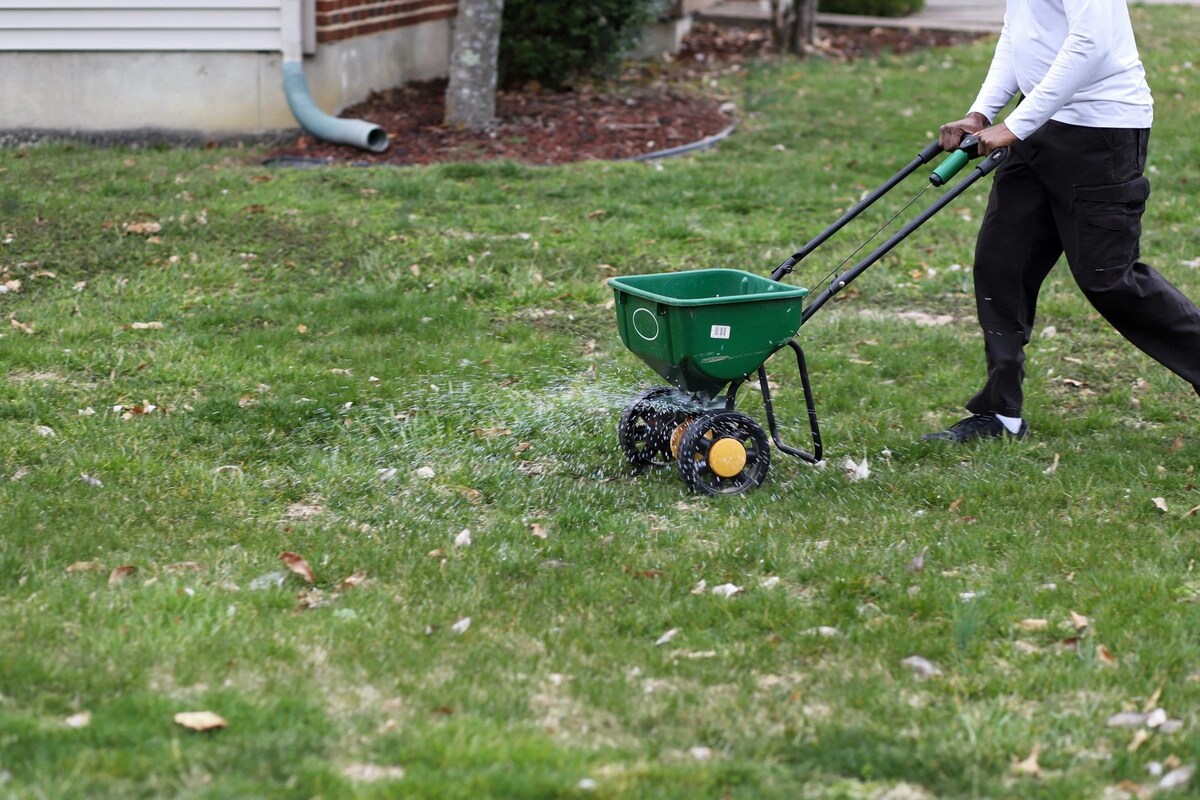
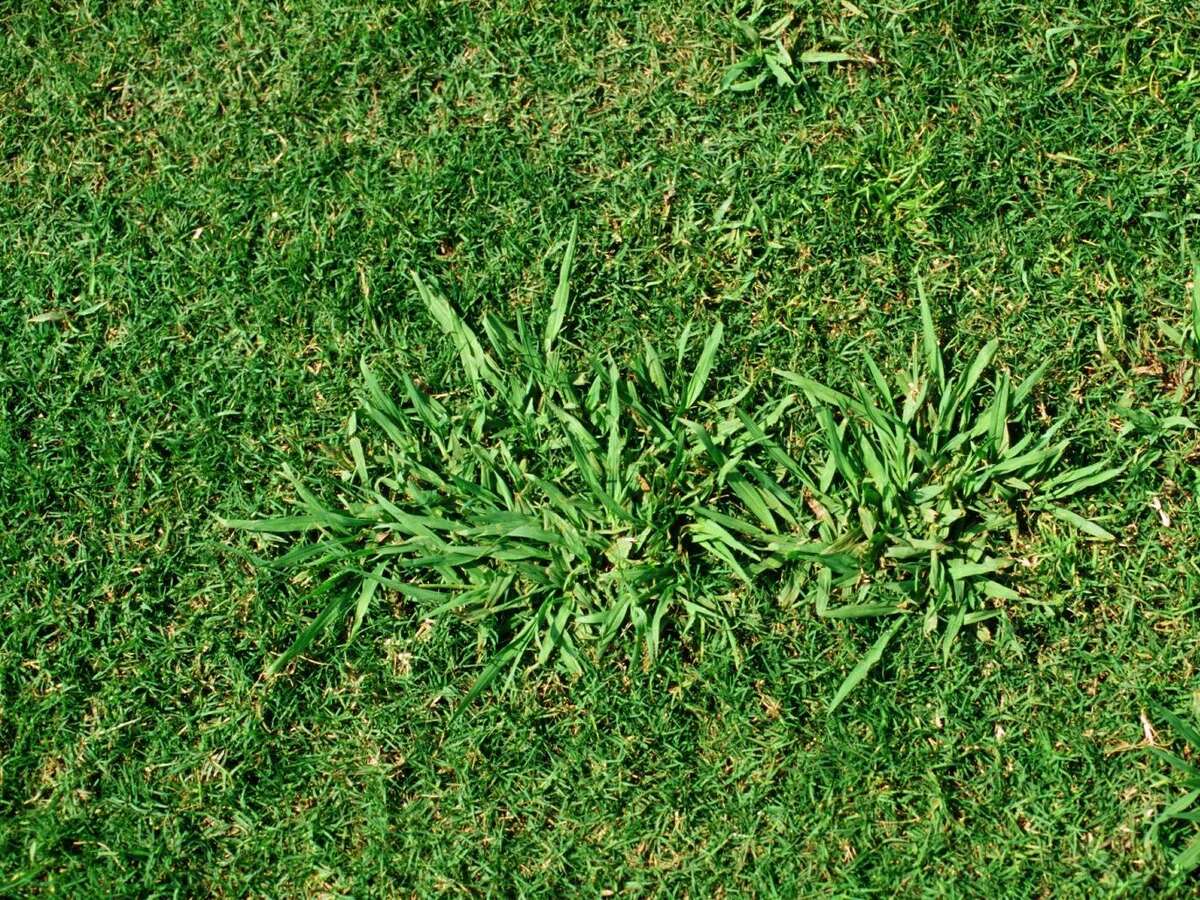
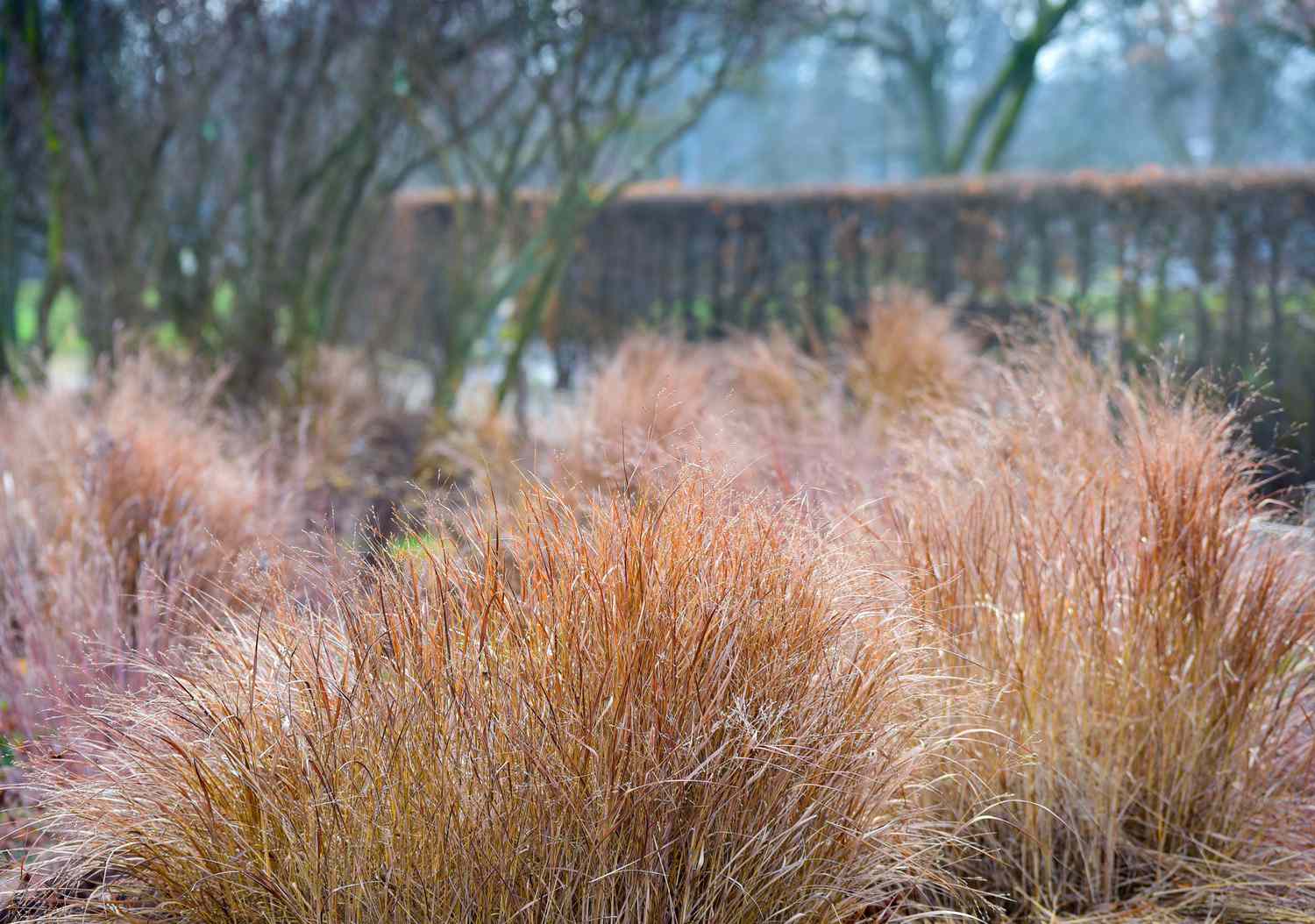

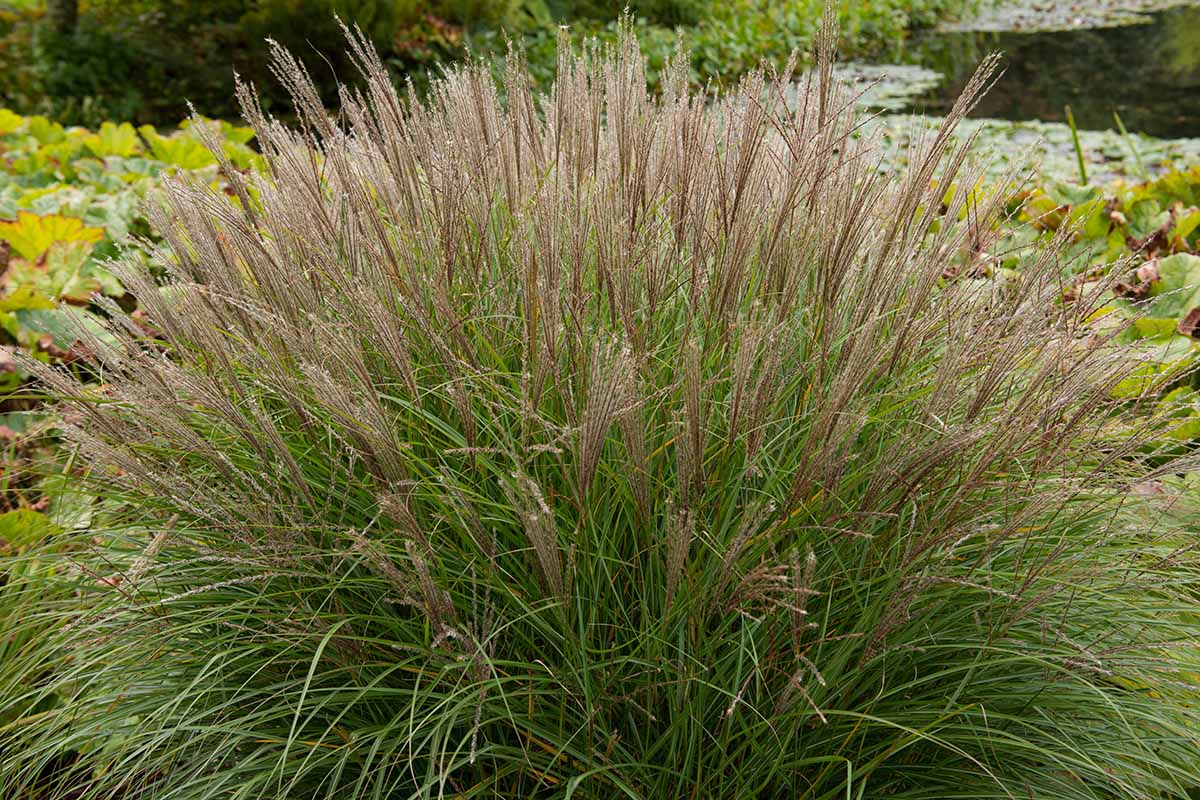

0 thoughts on “When To Plant Grass In Fall”